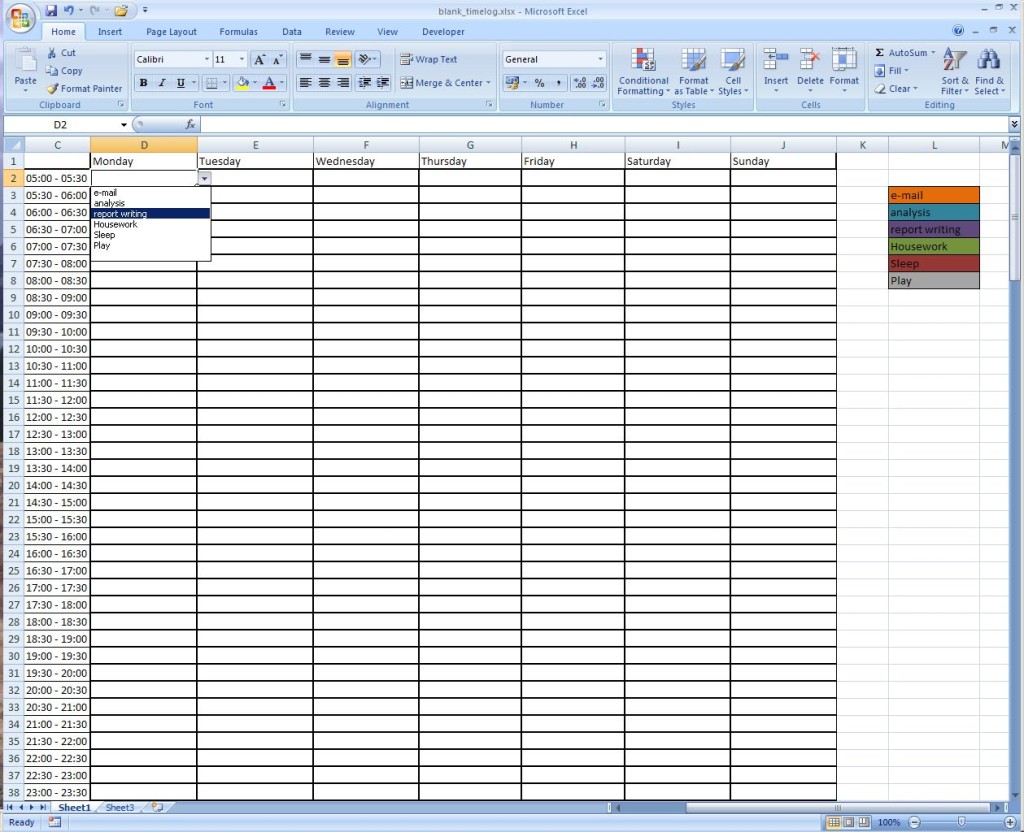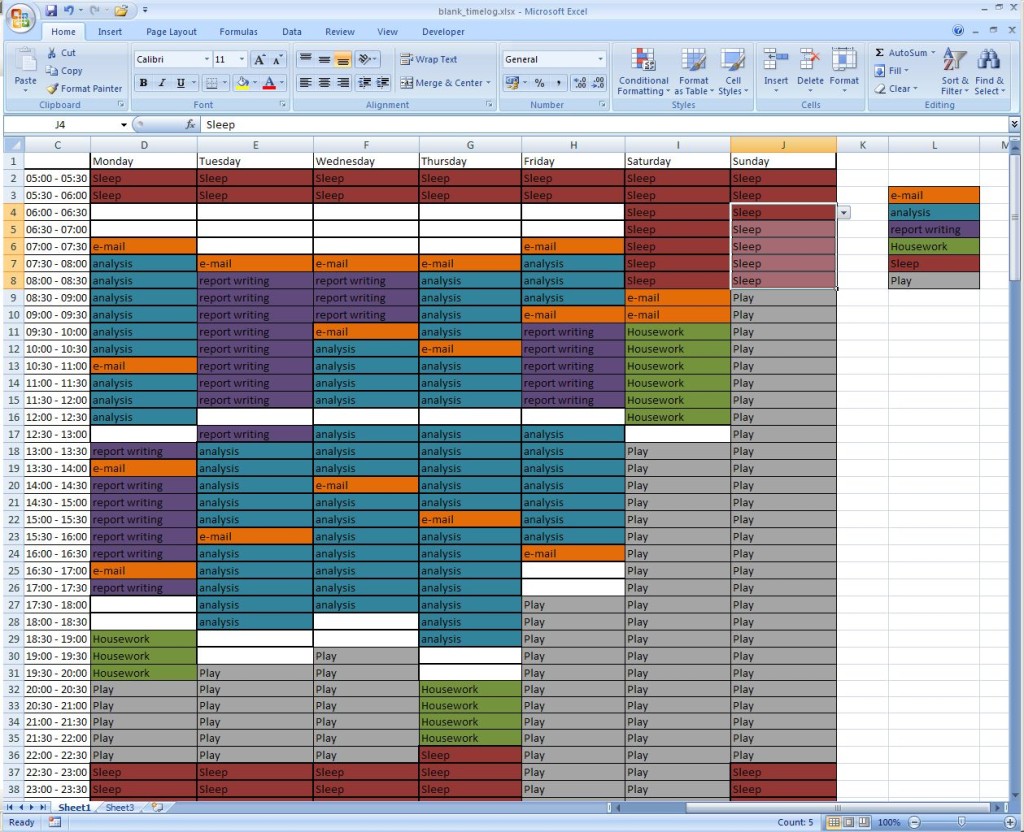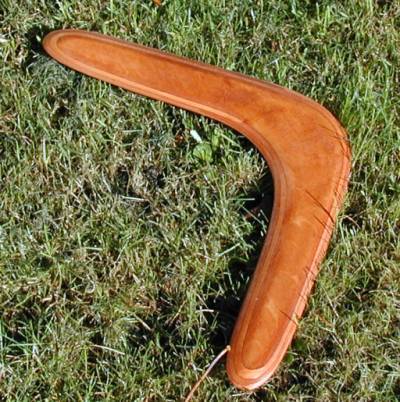Have you heard of a Time Log? Its not how bears keep track of time in the woods. We all strive for our ideal life. But how many of us don’t achieve it because we end up getting bogged down with work and chores. Wouldn’t it be great if we could get it all under control and spend more time doing the things we want to be doing, like playing with your children, or going to the cinema with your partner. Well you can – you just need to take control of the many aspects of your life. You need to get a grip of your time management.
Before you plan any journey, you need to know where you are starting from. Wow, that’s a bit deep for a Friday! For that reason, before you start trying to “become more productive”, you need to discover where areas for improvement are. You can’t manage your time if you don’t know where your time is going. There are many aspects to this, which I aim to cover in future blog posts, as well as the book I am hoping to write. The first step to effective time management, however, is to discover how you spend your time. The easiest way to do this is with a Time Log.
Start of Your Time Management Journey with a Time Log
Over a week, you need to note down what you are doing on a chart. My preference is in a matrix in a spreadsheet. You may find that pen and paper works best for you, though. There are also apps available for both Android and IOS that can do this too.
I’ve created an Excel spreadsheet, which you can download here. I’ll talk you through how I use it.
I’ve split my day into 30 minute blocks, starting at 5am. I figure this is the earliest I’ll be up on most days. 30 minutes works for me, but a different block size may be better for you. 15 minutes might be more appropriate if you tend to do lots of small jobs, or even an hour if your job consists of the same thing all day.
So, I have a column for each day of the week and then a row for each 30 minute block. Like so:
In each of the grids you are going to put what you are doing during that block. If you want to keep things simple, then you could just leave it at that and write in your activities. You can then process it by hand afterwards. In this case, however, the geek in me got the better of me.
I created several categories. In this instance, they are dummy categories; e-mail, analysis, report writing etc. You could equally have family, chores, travel etc. If you downloaded my excel sheet, then feel free to over-write my dummy categories with your own. I’ve further enhanced my sheet by applying data validation to drop-boxes in each cell, like so:
How do You Spend Your Time?
Once I’ve got through the week, I’ll have a full chart that may look something like this:
Because I have colour coded it, I can see at a glance, where I am spending my time. For instance, I know that I am checking my email haphazardly through the day – a total of 2 hours on Monday. Do I really need to spend that much time on email?
Tally up your totals. You don’t have to use the same categories as I have in this example; you could even go into more detail and put individual activities. What activities do you over-invest in? Which would you like to do more of? This will form the basis of improving your time management and establishing the life that you want to achieve.
Your time log has now given you the basis from which you can start your time management plan.
Summary
Before you can start to manage your time effectively, you need to find your areas for improvement. Although it can be a bit laborious, it is well worth the time to create a time log – ideally for a whole week. From here you can identify a few key areas for improvement and highlight the time spent doing things that you don’t want to be doing. Going forward you can replace them with areas of your life that you do want to focus more on.
Image Credits
London time – canon t2i by @Doug88888






